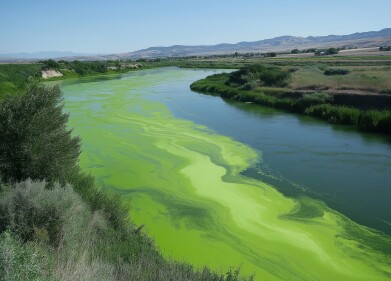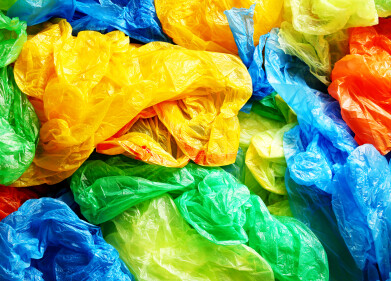Environmental laboratory
Coastal Sea Contamination Analysis Performance Improved
Nov 12 2014
Around the world the problem of pollution is an ever rising concern. In areas with rapid population and industrial growth, pollution control and precise analysis becomes a necessity. The newly developed Heraeus (Germany) FiberLight offers numerous performance and cost benefits in measuring and analysing coastal sea contamination.
Examples of pollution are readily available in all parts of the world, but can be especially recognised in enclosed coastal seas. Pollution exacerbates significant environmental problems such as disease transmittance, loss of food sources, and the degradation of the ecosystems of animals. There is no doubt as to the origins of this pollution, so an anthropogenic solution is required.
The need for pollution analysis has fueled an industry that aims to improve the precision of measurements, the field of applications, the speed of analysis, and the cost of equipment. One such company developed its measuring instrument for pollution monitoring utilising Heraeus’ FiberLight. While many of their competitors chose to stick with an industry standard of using a xenon lamp, complicated optics, and 2 monochromatic sensors, this company has been able to capitalise on the FiberLight’s low noise, broad spectrum output with a single detector to simplify the optical design and which helped this company reduce the overall cost. This design has proven successful in a competitive market while providing distinctive features and benefits that allow the end user to realise their own cost and performance advantages.
Heraeus’ FiberLight is used in many small, portable spectrometers and mobile detection devices. Its long life, low noise, and instant “on” features allow for expanded fields of application and ease of design into OEM systems. It consists of a see through deuterium and tungsten halogen lamp which give an output wavelength range from 200 to 1100 nm (option 185~1000 nm). Additional features include a shutter, focusing lenses, and a SMA905 connector which are mounted together with the lamp on its own standalone power supply and control board only requiring a 24VDC outside power source to be up and operational.
As a new development, Heraeus has also introduced a high intensity version of the FiberLight with nearly twice the output of the standard version, but within a similar small footprint allowing for faster analysis times. FiberLight miniature light source offers numerous design possibilities to equipment OEMs, and it is helping keep the world free from pollution.
In Japan the Total Pollutant Load Control System (TPLCS) was introduced based on the Water Pollution Control Law of 1970. This control system targeted Tokyo Bay, Ise Bay, and the Seto Inland Sea, because industrial developments in the surrounding areas discharged polluted water that collected in these bodies of water and became a problem. For any water that was to be discharged into natural waterways, the TPLCS first identified as pollutants and then limited the total nitrogen as well as total phosphorus which may be contained in any effluent stream. Business establishments with daily average effluent of greater than 50 m3 have to measure pollutant levels either by automated analyser (e.g. UV meter, TOC meter, TOD meter), or composite sampler, or even by specified measurement (manual analysis).
Digital Edition
AET 28.4 Oct/Nov 2024
November 2024
Gas Detection - Go from lagging to leading: why investment in gas detection makes sense Air Monitoring - Swirl and vortex meters will aid green hydrogen production - Beyond the Stack: Emi...
View all digital editions
Events
Jan 14 2025 Abu Dhabi, UAE
Jan 20 2025 San Diego, CA, USA
Carrefour des Gestions Locales de L'eau
Jan 22 2025 Rennes, France
Safety, Health & Wellbeing LIVE
Jan 22 2025 Manchester, UK
Jan 25 2025 San Diego, CA, USA



















